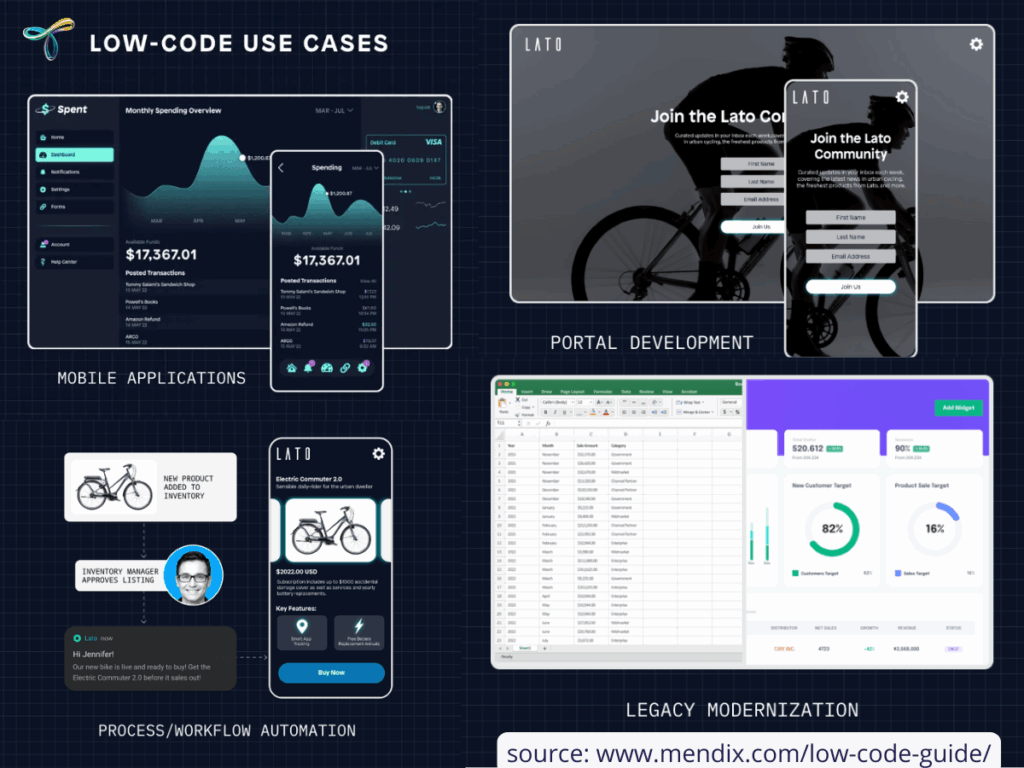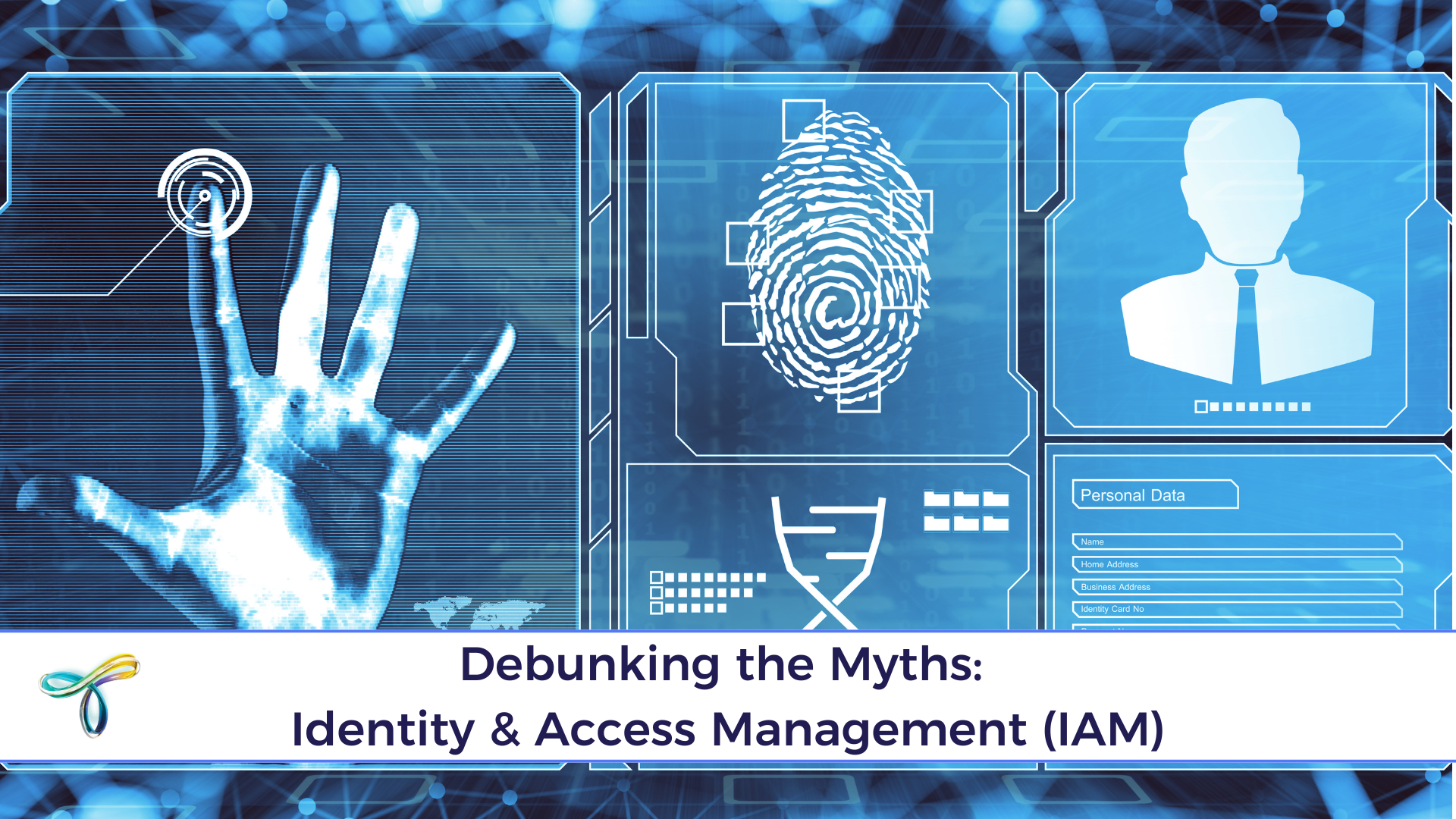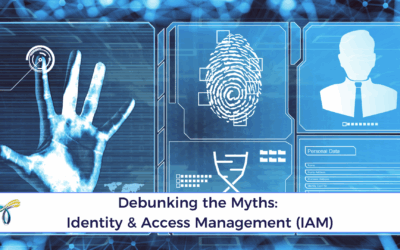Introduction: Low-Code, High Doubt?
Low-Code development platforms are everywhere, from startups launching MVPs in weeks to global enterprises automating legacy systems without writing endless lines of code. Yet despite their growing presence, Low-code is still surrounded by confusion.
Is it only for non-developers? Can it scale? Is it secure?
Let’s unpack the most common myths and reveal why Low-code isn’t just a shortcut, but a smart way to build.
❌ Myth 1: Low-Code = No-Code
The Reality:
It’s not either-or. Low-code is not “code-free”, it’s code-optional. It enables developers to build complex apps faster using visual interfaces and reusable components, while still allowing full code customisation when needed.
Unlike no-code platforms designed strictly for non-technical users, Low-code platforms like Mendix and Microsoft Power Platform empower professional developers to:
- Accelerate time-to-market
- Integrate with enterprise systems
- Customise business logic with full control over the codebase
👉 As Mendix puts it, Low-code enables professional developers to focus on innovation, not boilerplate code. It’s not about eliminating code, it’s about eliminating the busywork.
❌ Myth 2: It’s Only for Simple Apps
The Reality:
Low-code used to be for small internal tools. Not anymore.
Today, companies are building:
- End-to-end customer portals
- Core business systems
- Multi-language mobile apps
- AI-embedded and IoT-connected platforms
📊 According to a report, 75% of large enterprises will be using Low-code platforms for mission-critical applications by 2025.
If your app needs scalability, integrations, custom workflows, and enterprise-grade performance, Low-code can handle it.
❌ Myth 3: It’s Just for Citizen Developers
The Reality:
Low-Code development is for everyone, not just business users.
Yes, it helps non-developers prototype quickly. But when IT and business teams collaborate using a Low-code platform, the result is faster delivery with less rework. Developers focus on core logic and complex integrations, while business teams handle UI or data mapping.
This shared model:
- Speeds up handoffs
- Encourages cross-team innovation
- Closes the gap between idea and execution
As Mendix says, It’s not Low-code vs pro-code, it’s better together.
❌ Myth 4: Low-Code Development Isn’t Secure
The Reality:
Security depends on the platform and implementation, not the development method.
Leading platforms like Mendix offer:
- Role-based access control
- SOC 2 Type II compliance
- OWASP top 10 protection
- Centralised governance and version control
In fact, Low-code development often improves security by reducing risky shadow IT and enabling IT to oversee all apps built across the organisation.
✅ Bonus: Governance frameworks and reusable templates make enforcement of policies easier and more consistent.
❌ Myth 5: You’ll Outgrow It
The Reality:
Low-code is built to scale, with you.
Whether it’s 100 users or 10,000, local use or global rollout, today’s platforms support:
- Cloud-native deployment
- Microservices architecture
- Multi-device and multi-language capabilities
- API-first development and full-stack extensibility
According to a report, modern Low-code platforms offer scalability equal to traditional development.
If you outgrow Low-code, chances are you weren’t using the right one to begin with.
❌ Myth 6: It Replaces Developers
The Reality:
Low-code isn’t about removing developers, it’s about empowering them.
It frees up senior devs from repetitive tasks like form building, CRUD logic, and integration wiring. That means more time for strategic architecture, performance tuning, or cutting-edge features.
Low-code becomes a force multiplier, not a replacement.

In fact, companies using Low-code platforms like Mendix or Microsoft Power Platform often see:
- Happier, more focused dev teams
- 6x faster development cycles
- Reduced technical debt
Final Thoughts: Low-Code Is Real Code, Done Smarter
Low-code isn’t a gimmick or a shortcut. It’s a way to do more with less, without sacrificing quality, control, or creativity.
The truth is, modern software teams don’t have time for slow, manual builds. Low-code meets the urgency of today’s market, with the flexibility and security that tomorrow demands.
Ready to build better, faster, and with less stress?
At DigiTaiken, we use Mendix, Microsoft Power Platform and other top-tier Low-code platforms to co-create scalable, secure, and powerful digital solutions. Whether you’re automating processes or launching your next big product, we’re your Low-code partner from strategy to scale.
📩 Contact us to learn more.





